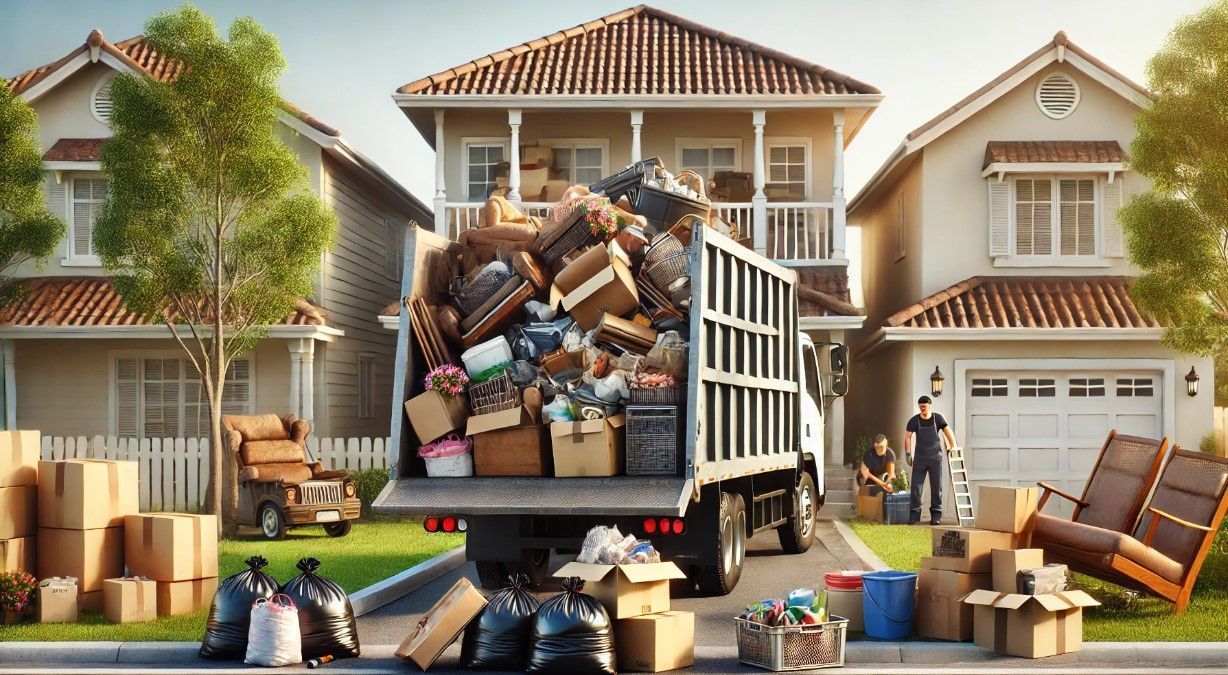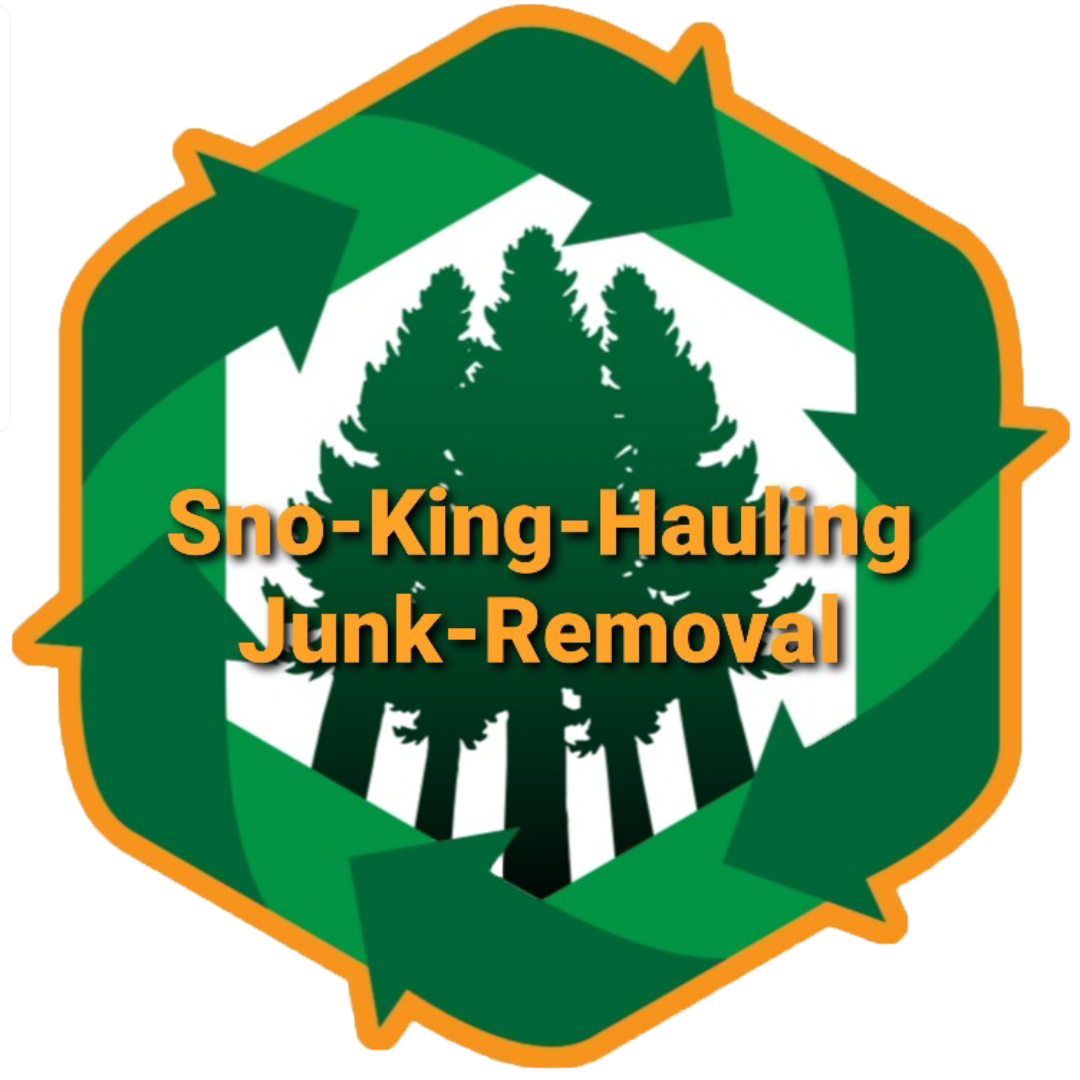
How to Handle Hoarding Cleanup Services Efficiently: A Comprehensive Guide
Hoarding cleanup services go beyond regular
junk removal—they address a complex issue that impacts the mental and physical well-being of individuals. The process requires sensitivity, organization, and understanding. In this guide, we'll delve into effective strategies for handling hoarding situations, ensuring safety, and restoring homes with compassion.
What is Hoarding Cleanup and Why Does it Matter?
Hoarding cleanup involves removing excessive amounts of items that accumulate due to compulsive hoarding behavior. This service is crucial because it directly affects the safety and health of those living in hoarded environments. Understanding the psychological and environmental aspects of hoarding can help service providers approach each situation with empathy and efficiency.
Key reasons hoarding cleanup is important:
- Health and Safety Risks: Cluttered spaces can harbor mold, pests, and dust, which pose significant health hazards.
- Fire Hazards: Accumulated items can block exits and create fire risks.
- Emotional Well-being: Living in a hoarded space can lead to anxiety, depression, and social isolation.
Steps to Effectively Handle Hoarding Cleanup
Handling a hoarding cleanup requires a structured approach. Here’s a step-by-step guide to ensure the process is smooth and compassionate:
1. Initial Assessment and Planning
- Conduct a thorough assessment to understand the extent of hoarding.
- Develop a customized cleanup plan that considers the client's emotional and psychological state.
2. Build Trust and Communicate Clearly
- Establish a trusting relationship with the client. Understand their attachment to belongings and provide reassurance.
- Clearly explain the cleanup process, timeline, and any costs involved.
3. Safety First
- Equip the cleanup team with personal protective equipment (PPE) to handle biohazards.
- Ensure proper ventilation in the space to reduce exposure to dust and mold.
4. Categorize and Sort Belongings
- Keep, Donate, Recycle, or Dispose: Use these categories to organize items. This method helps the client make decisions and reduces the overwhelming feeling of the cleanup.
- Digital Documentation: Take photos of items to provide a sense of security to the hoarder about items being properly categorized.
5. Professional Cleaning and Sanitization
- Deep clean the area after decluttering to remove allergens and biohazards.
- Use professional-grade disinfectants to ensure the environment is safe.
6. Post-Cleanup Support
- Offer resources such as professional counseling or support groups to help hoarders maintain a clutter-free environment.
- Follow up regularly to check on their progress and provide additional support if needed.
FAQs About Hoarding Cleanup Services
Q: What should I expect during a hoarding cleanup?
A: Expect a comprehensive process that starts with an assessment, followed by sorting and organizing items. The team will then handle disposal and conduct a thorough cleaning and sanitization.
Q: How long does a hoarding cleanup take?
A: The duration varies depending on the extent of the hoarding. It can take from a few days to several weeks.
Q: Is hoarding cleanup covered by insurance?
A: Some homeowners' insurance policies may cover hoarding cleanup, especially if it involves biohazard materials. It’s best to check with your insurance provider.
Challenges of Hoarding Cleanup
Handling hoarding situations comes with its set of challenges. Here’s a breakdown of common issues faced and how to address them:
| Challenge | Solution |
|---|---|
| Emotional Attachment to Items | Approach with empathy, involve the client in decision-making. |
| Safety Hazards (e.g., mold, pests) | Use proper PPE, and ensure the team is trained to handle biohazards. |
| Resistance to Cleanup | Build trust gradually, and involve mental health professionals if needed. |
| Legal Concerns | Understand local laws regarding property disposal and tenant rights. |
How to Communicate with Clients During a Hoarding Cleanup
- Use Positive Language: Avoid terms like "trash" or "garbage." Instead, refer to items as "belongings" or "possessions."
- Set Realistic Expectations: Clearly outline what can be accomplished within the timeframe and any limitations.
- Involve the Client in the Process: Allow them to make decisions about what to keep or discard, giving them a sense of control.
Tips for Maintaining a Clutter-Free Environment
Maintaining a clutter-free environment post-cleanup is critical to prevent relapse. Here are some tips:
- Establish a Routine: Encourage daily or weekly tidying routines to prevent accumulation.
- Limit New Acquisitions: Implement a one-in-one-out policy where new items are only acquired if a similar item is discarded.
- Use Organizational Tools: Utilize clear storage bins, shelving, and label items to create order.
- Regular Professional Check-ins: Schedule periodic check-ins with professional organizers or therapists specializing in hoarding.
Reader Interaction
What has been your biggest challenge in managing clutter? Share your experiences in the comments below or let us know if you found these tips helpful!
Don’t forget to share this post if you know someone who might benefit from these tips on handling hoarding cleanup services.
Hoarding cleanup is more than just clearing clutter; it’s about restoring a safe and healthy living environment while showing compassion and understanding. By following the steps outlined in this guide and approaching each case with sensitivity, you can make a positive impact in the lives of those affected by hoarding.
Furniture Removal
Appliance Removal
Other Services
- Hot tub Junk Removal
- Dumpster Rentals
- Shed Junk Removal
- Hoarder house Cleanouts
- House Junk Removal
- Construction Waste Removal
- Garage Cleanouts
- Foreclosure Clear outs
- Eviction Clean outs
- Apartment Cleanouts
- Property Clean outs
- Estate Clean outs
- Hoarding Clean outs
- Yard Waste Removal
- Storage Unit Cleanouts
- Warehouse Cleanouts
- Commercial Junk Removal
OUR SERVICES AND AREAS
- Everett, WA
- Seattle, WA
- Marysville, WA
- Snohomish, WA
- Arlington, WA
- Mukilteo, WA
- Monroe, WA
- Granite Falls, WA
- Bothell, WA
- Whidbey Island, WA
- Stanwood, WA
- Edmonds, WA
Contact us
If you have any questions or need any assistance after business hours, please get in touch.
Phone
BUSINESS HOURS
- Monday
- -
- Tuesday
- -
- Wednesday
- -
- Thursday
- -
- Friday
- -
- Saturday
- -
- Sunday
- Closed
All Rights Reserved | Sno King Junk Removal
